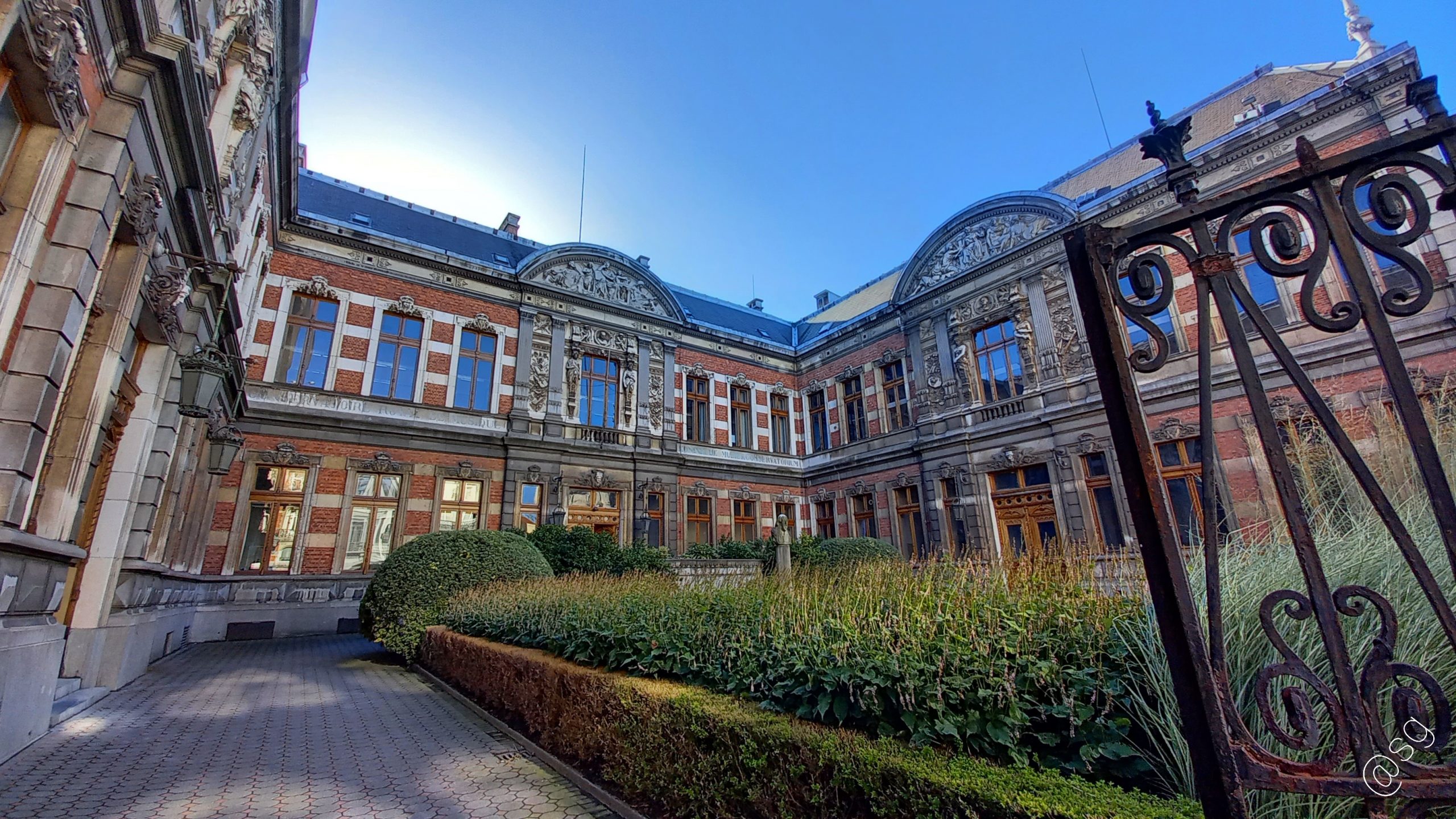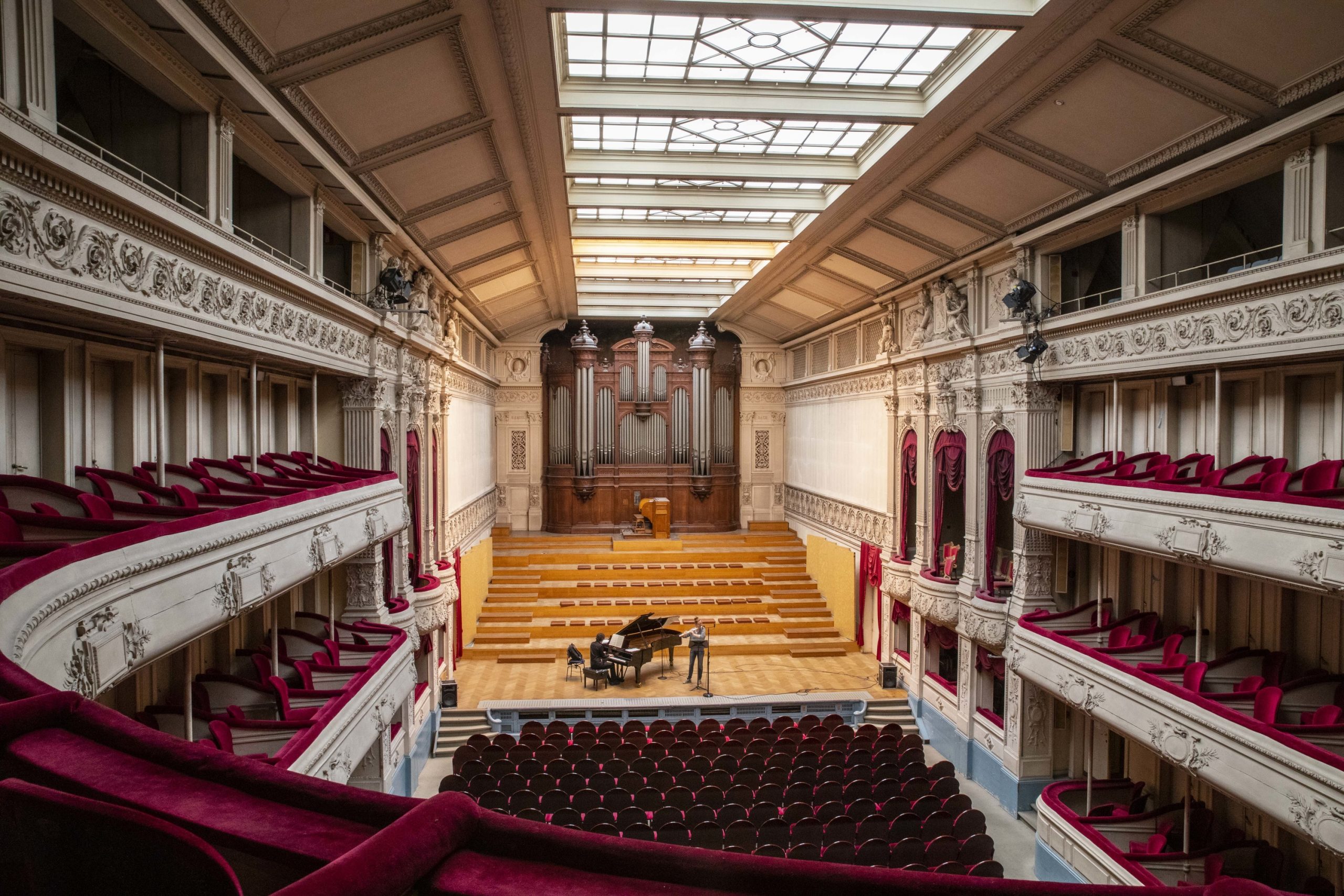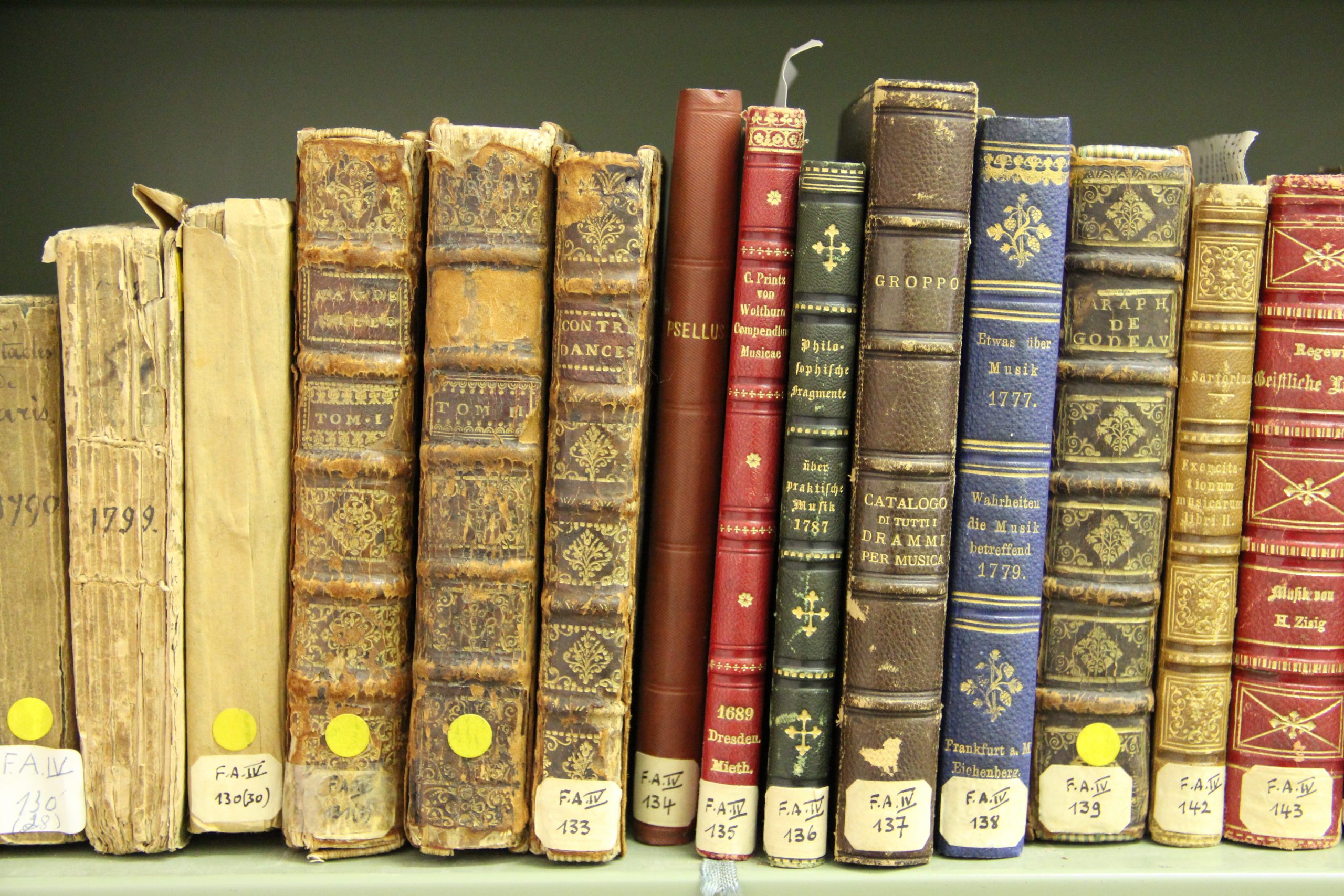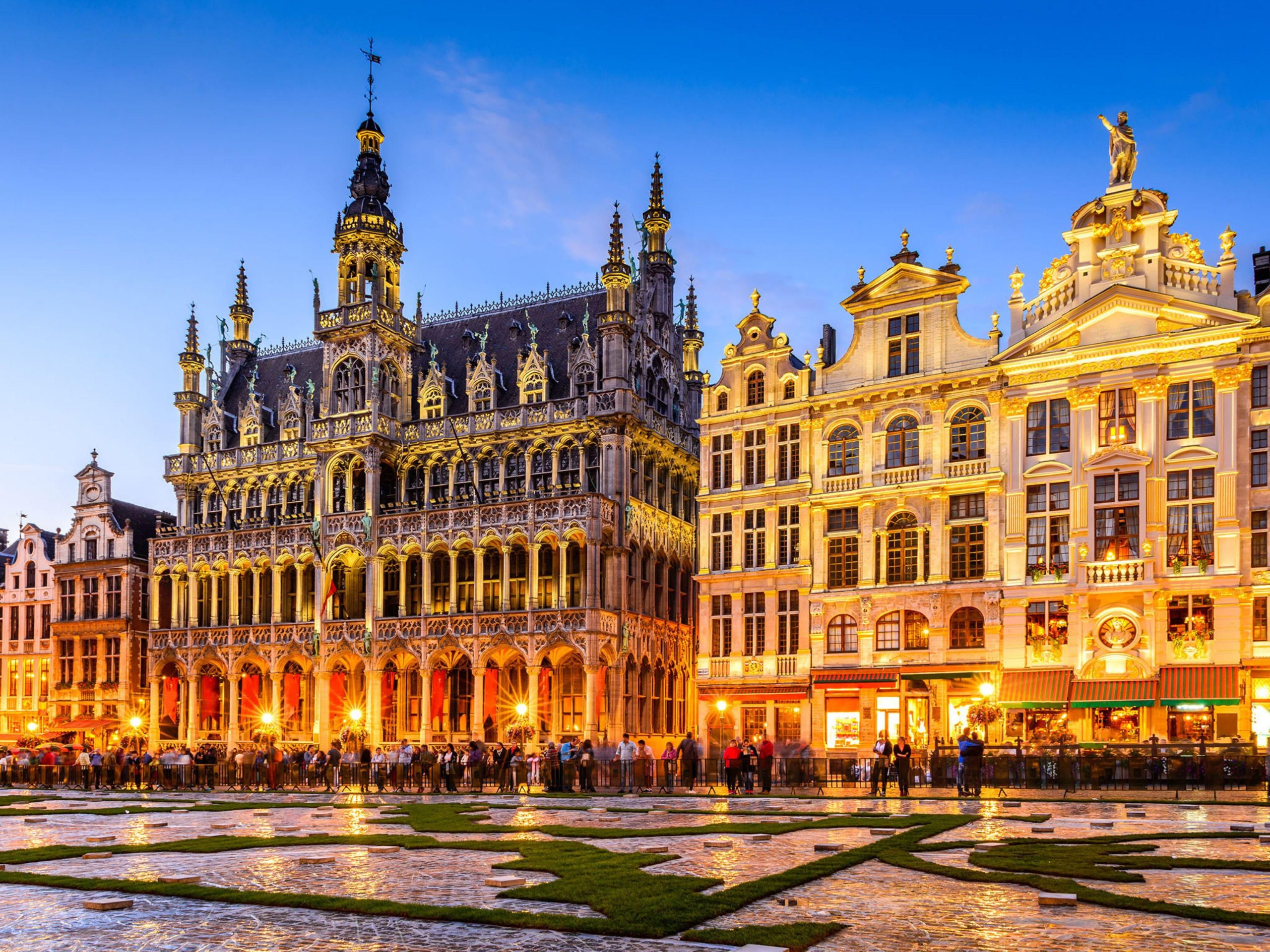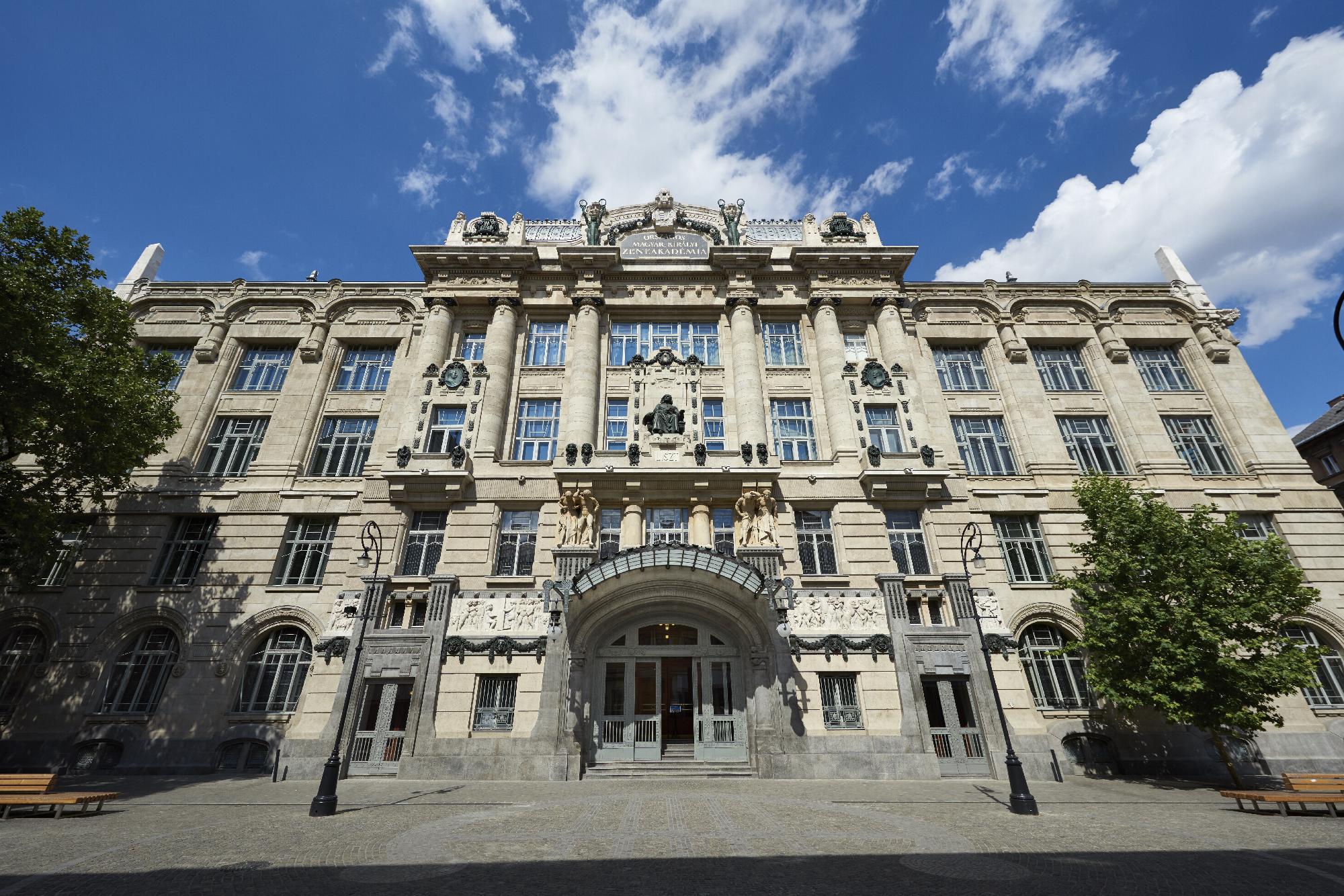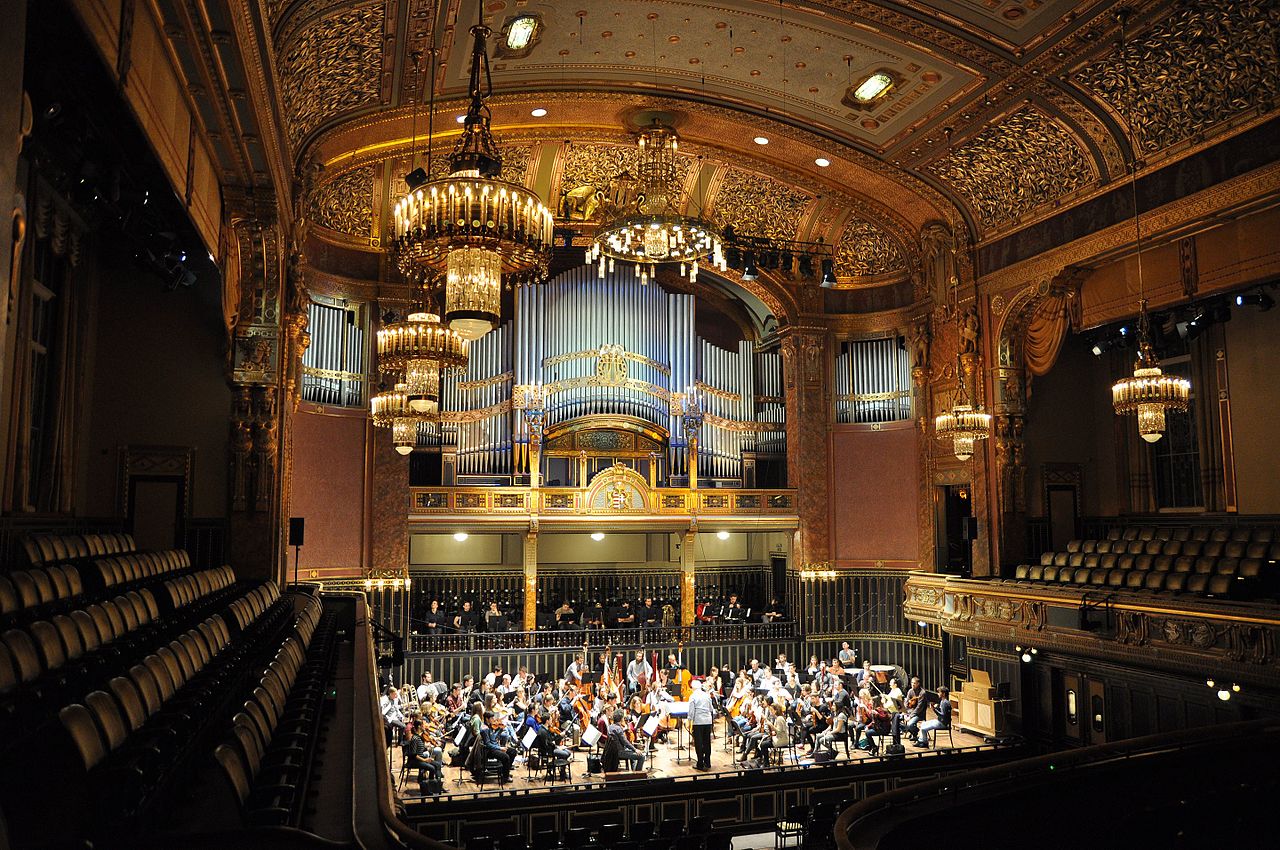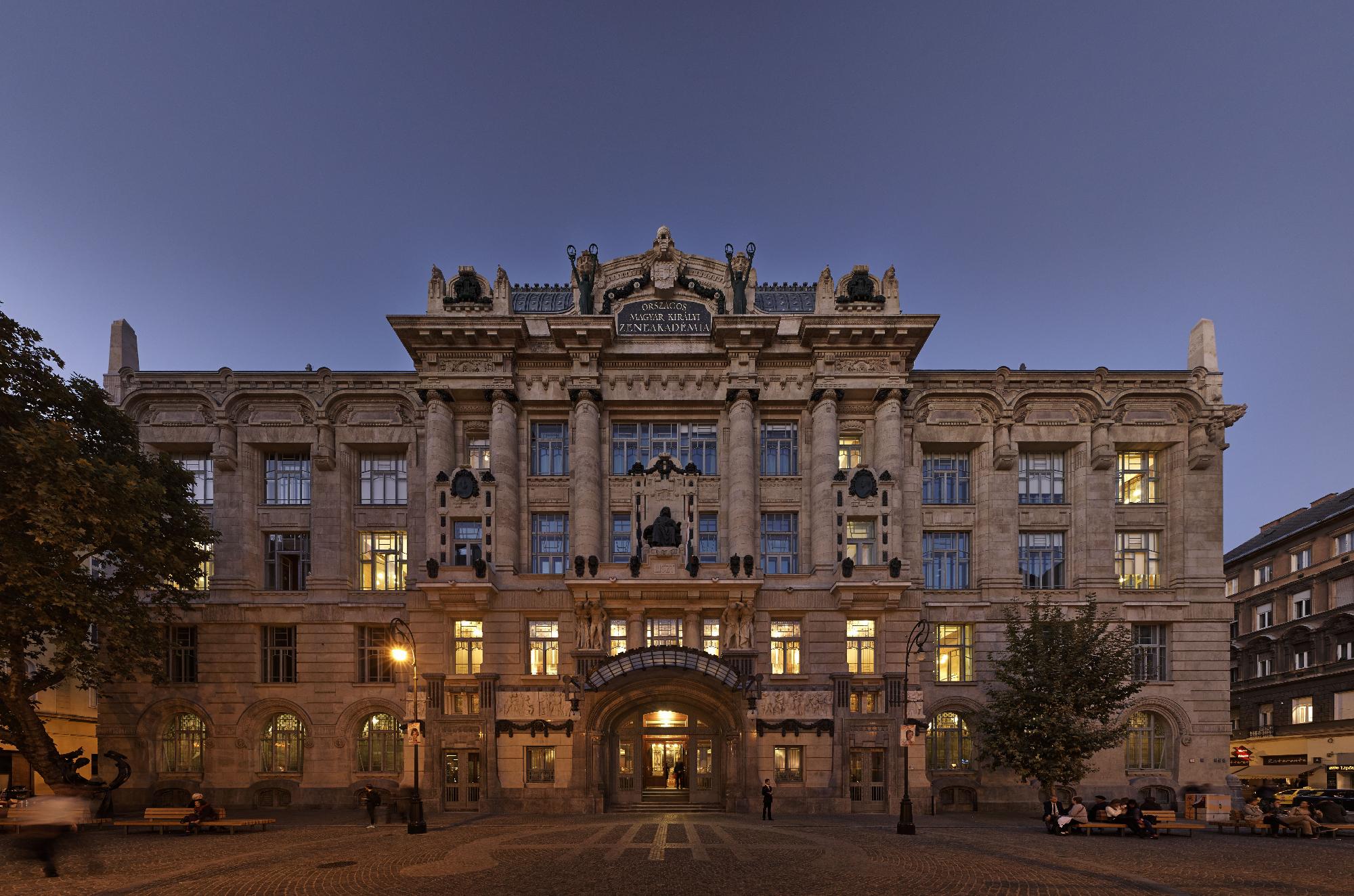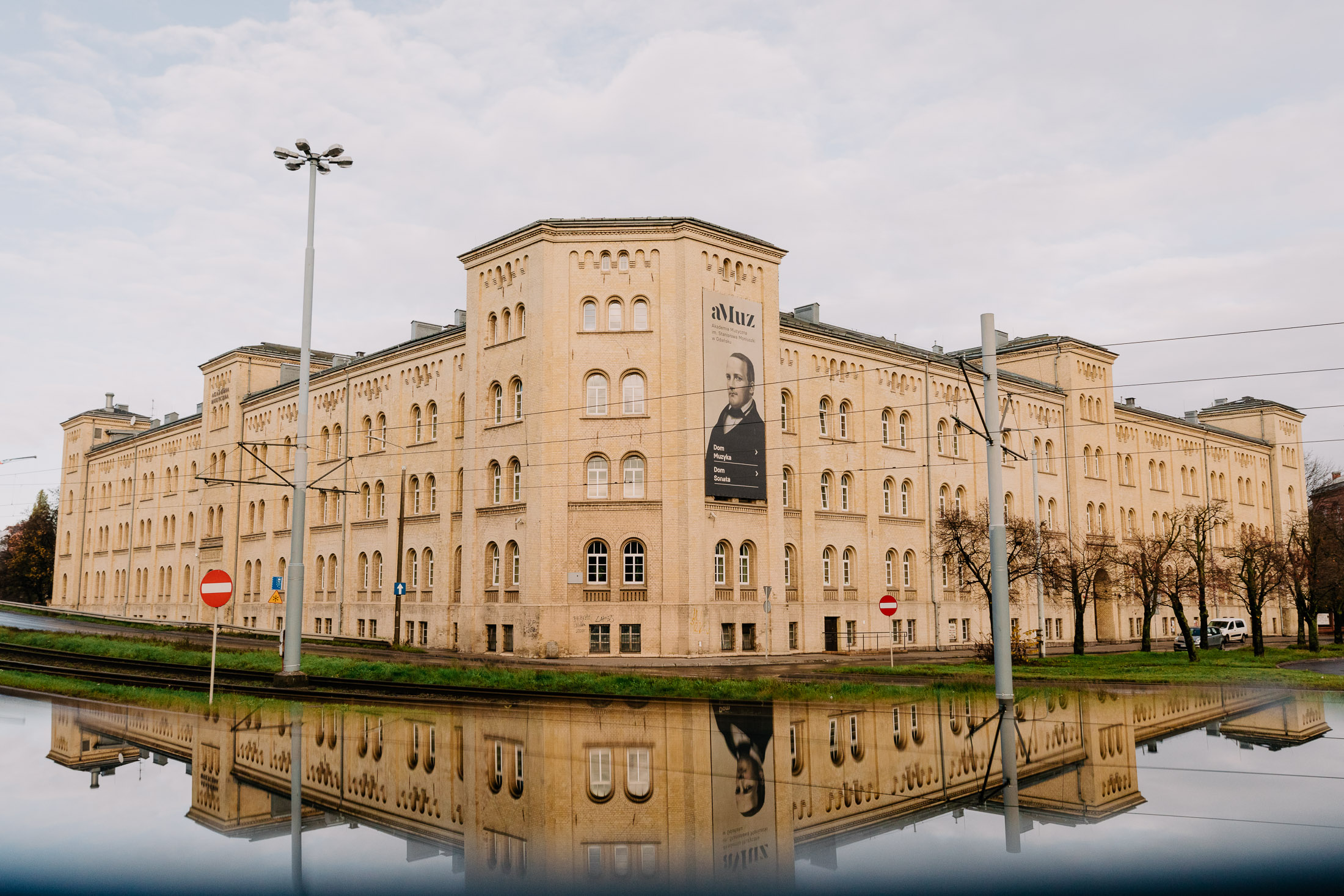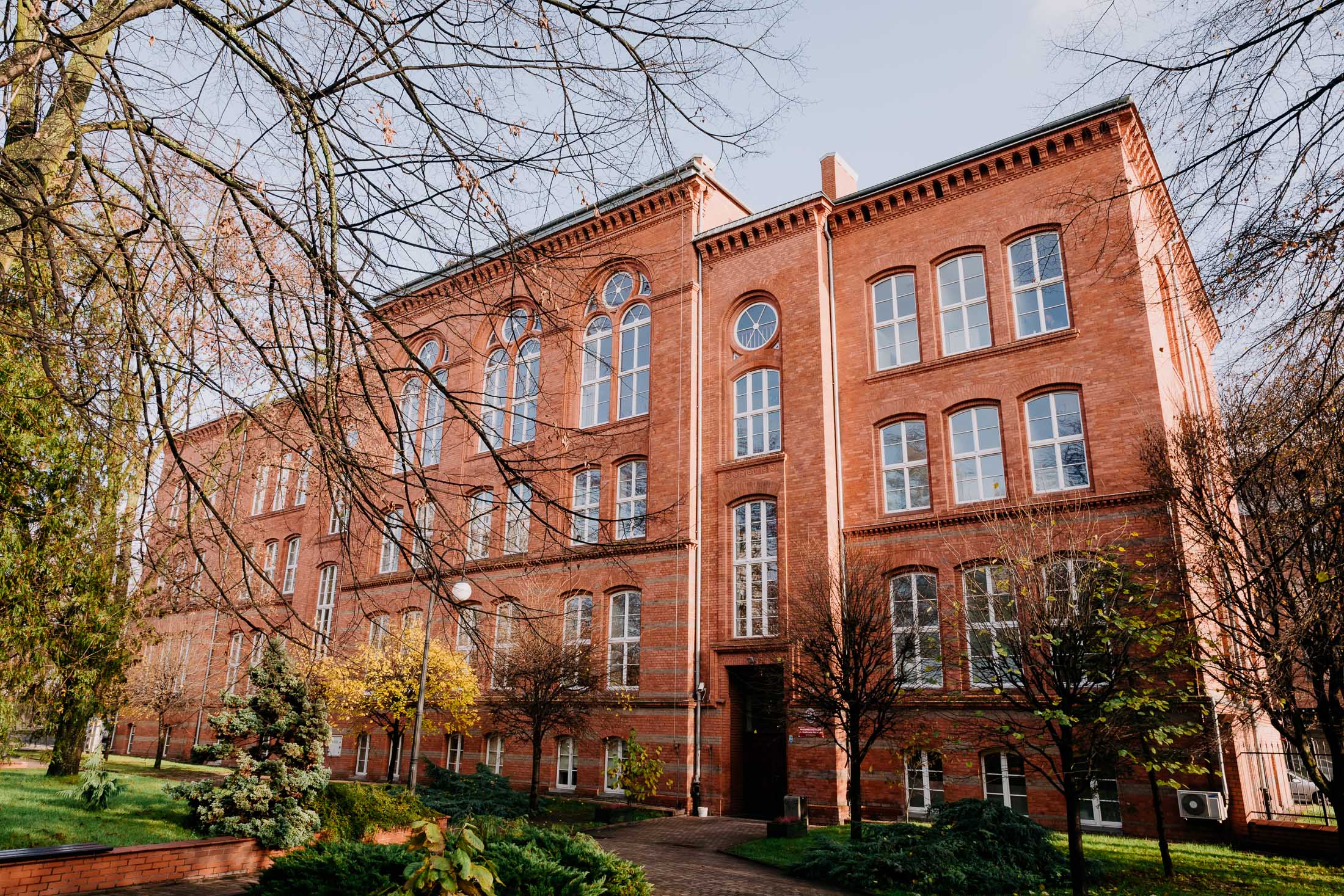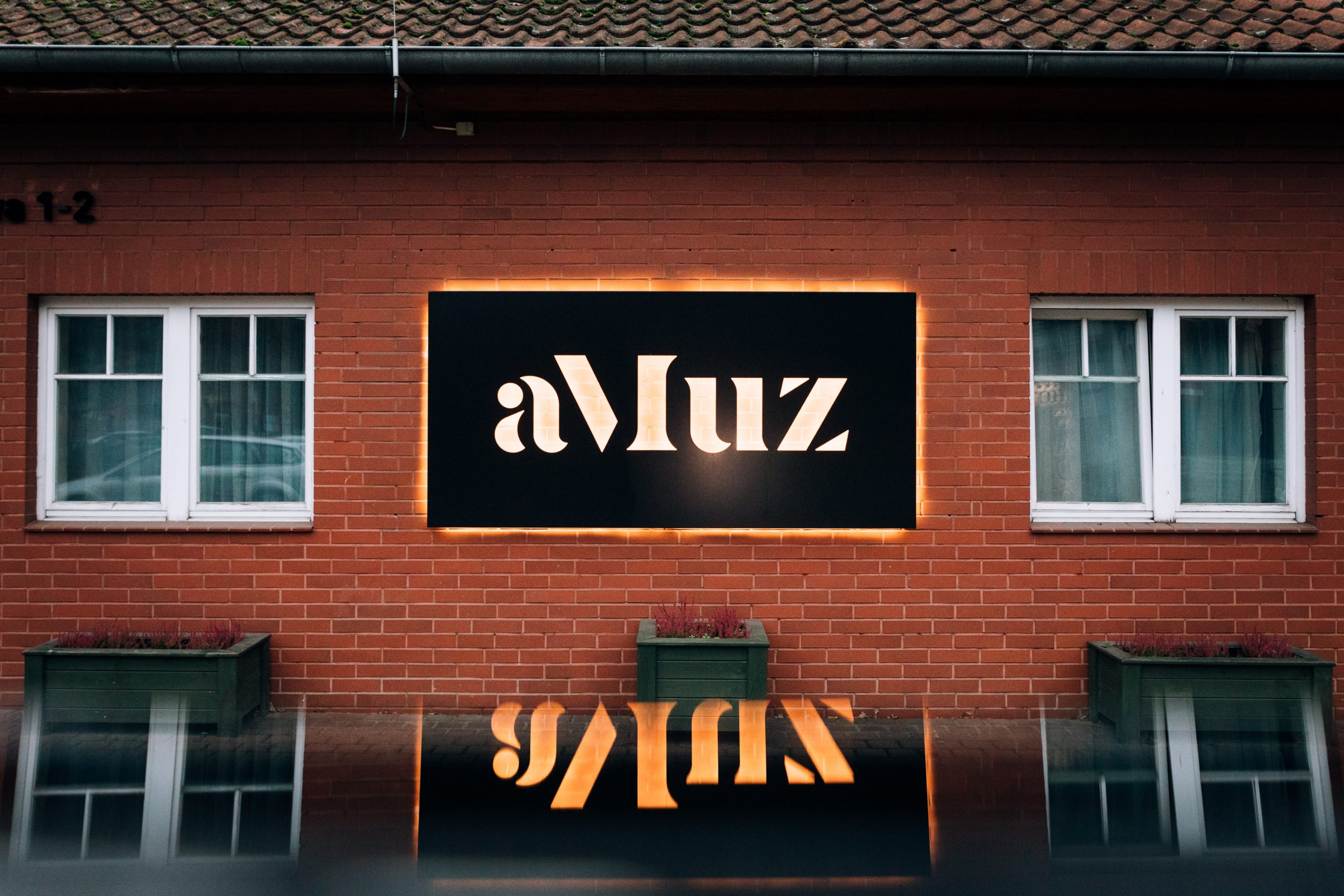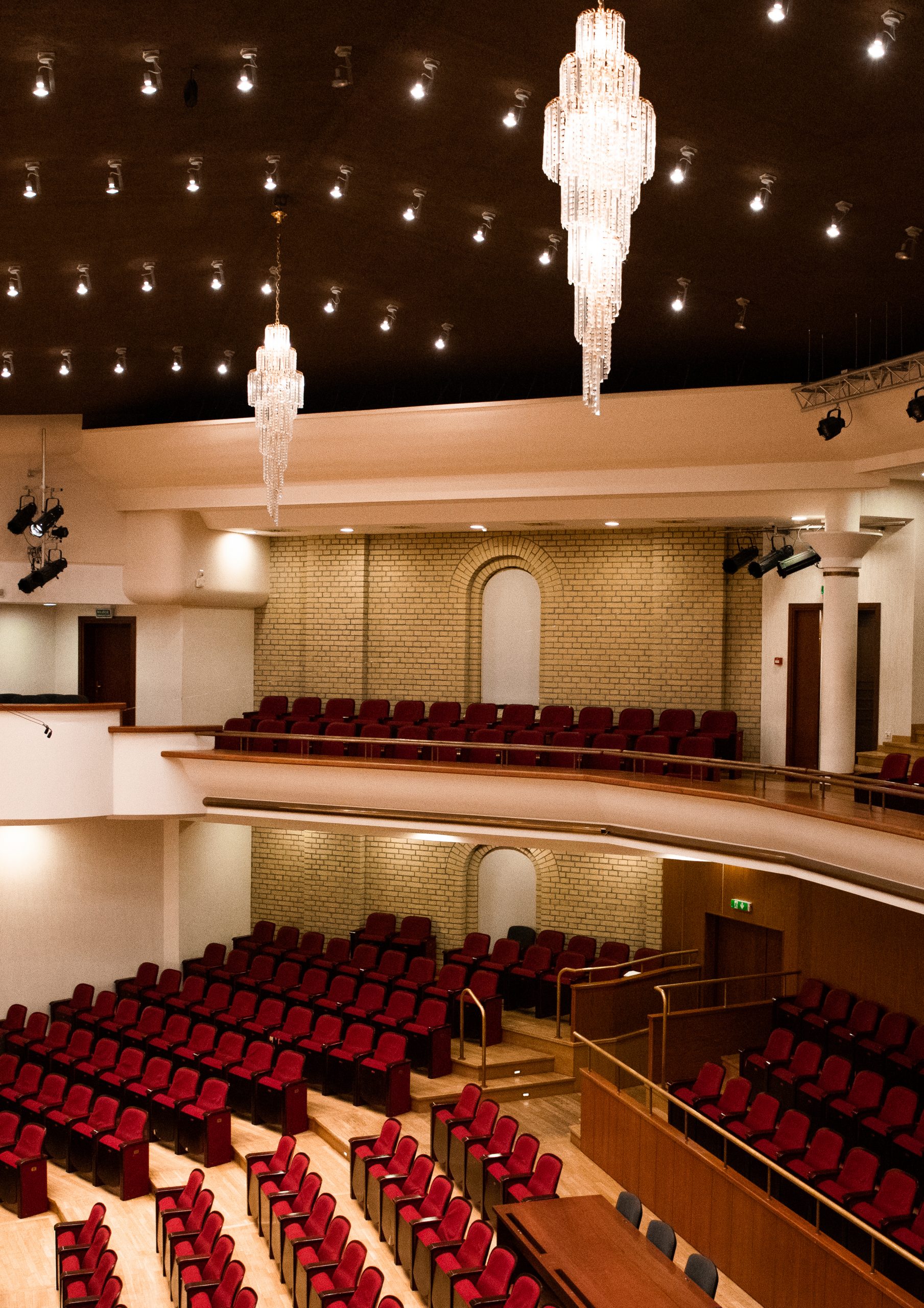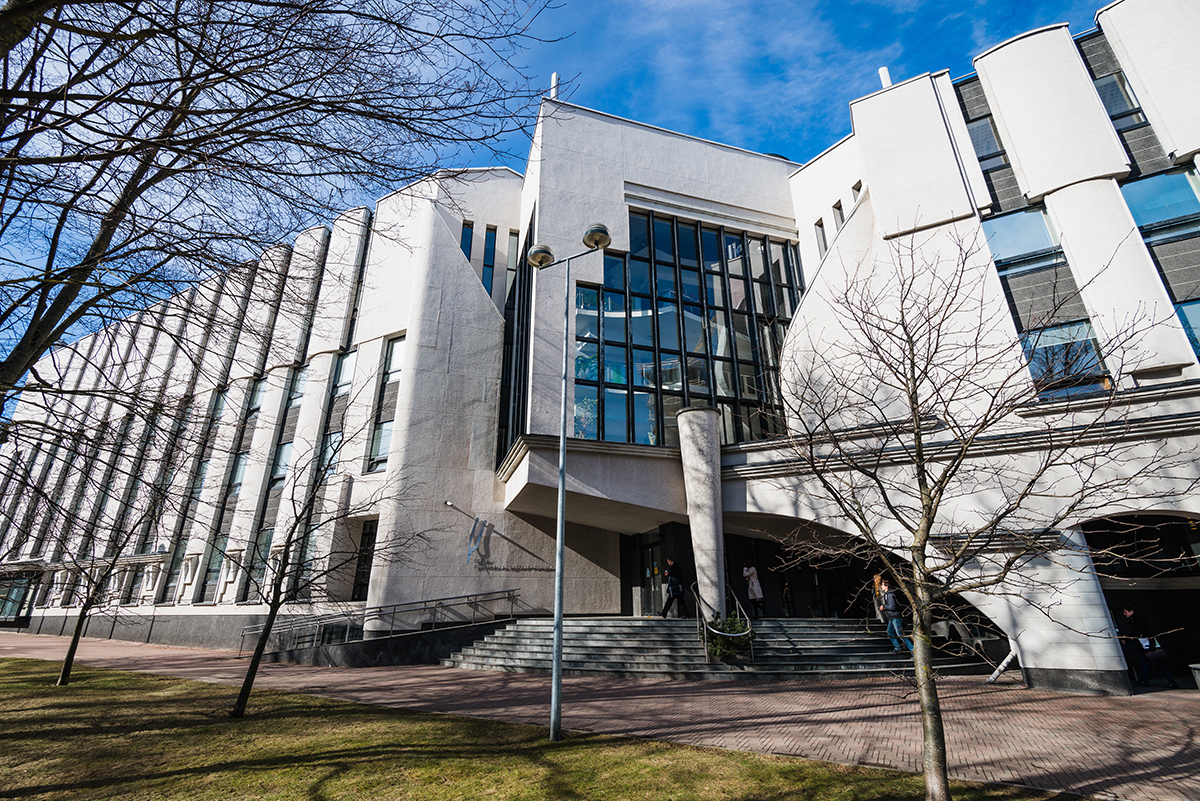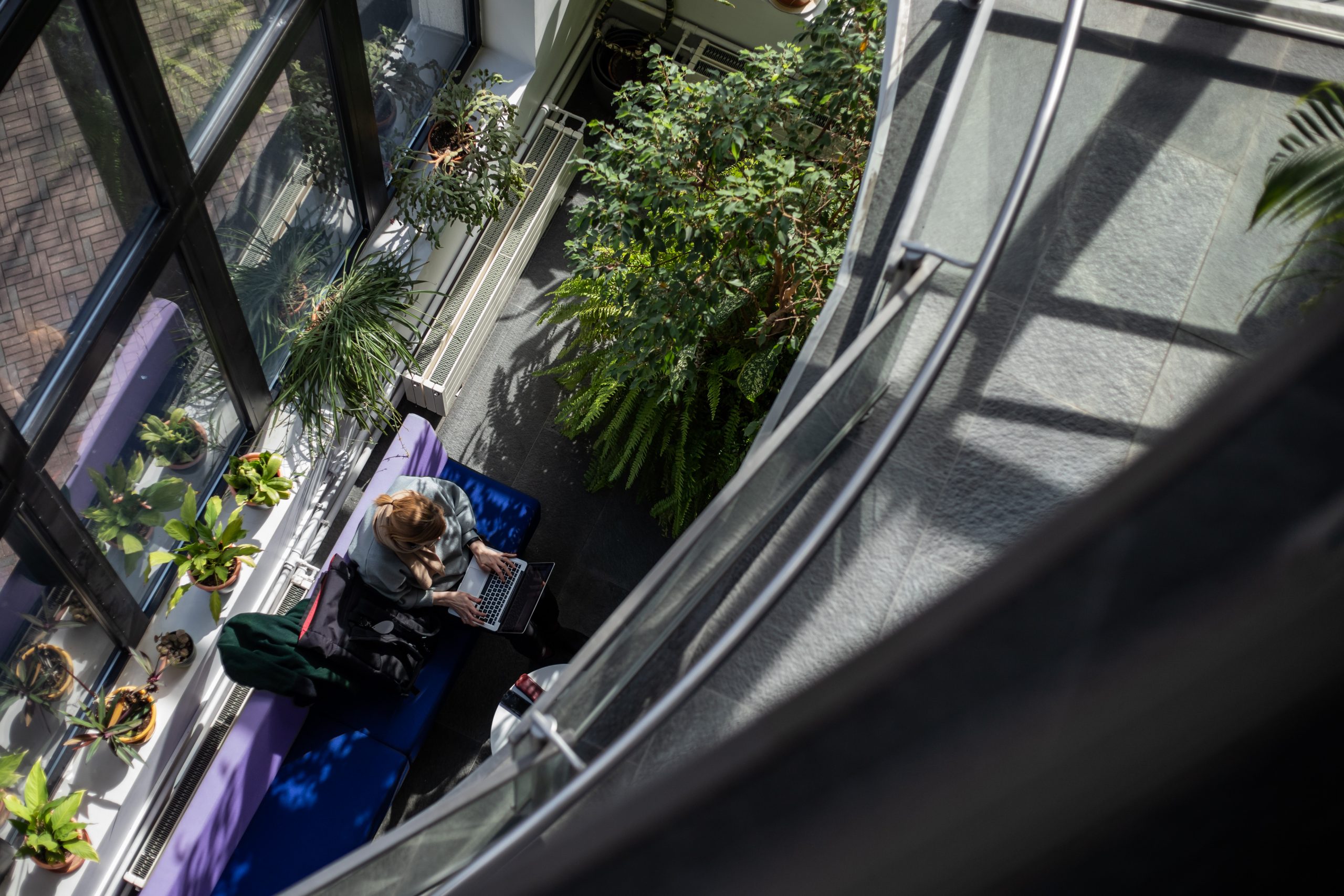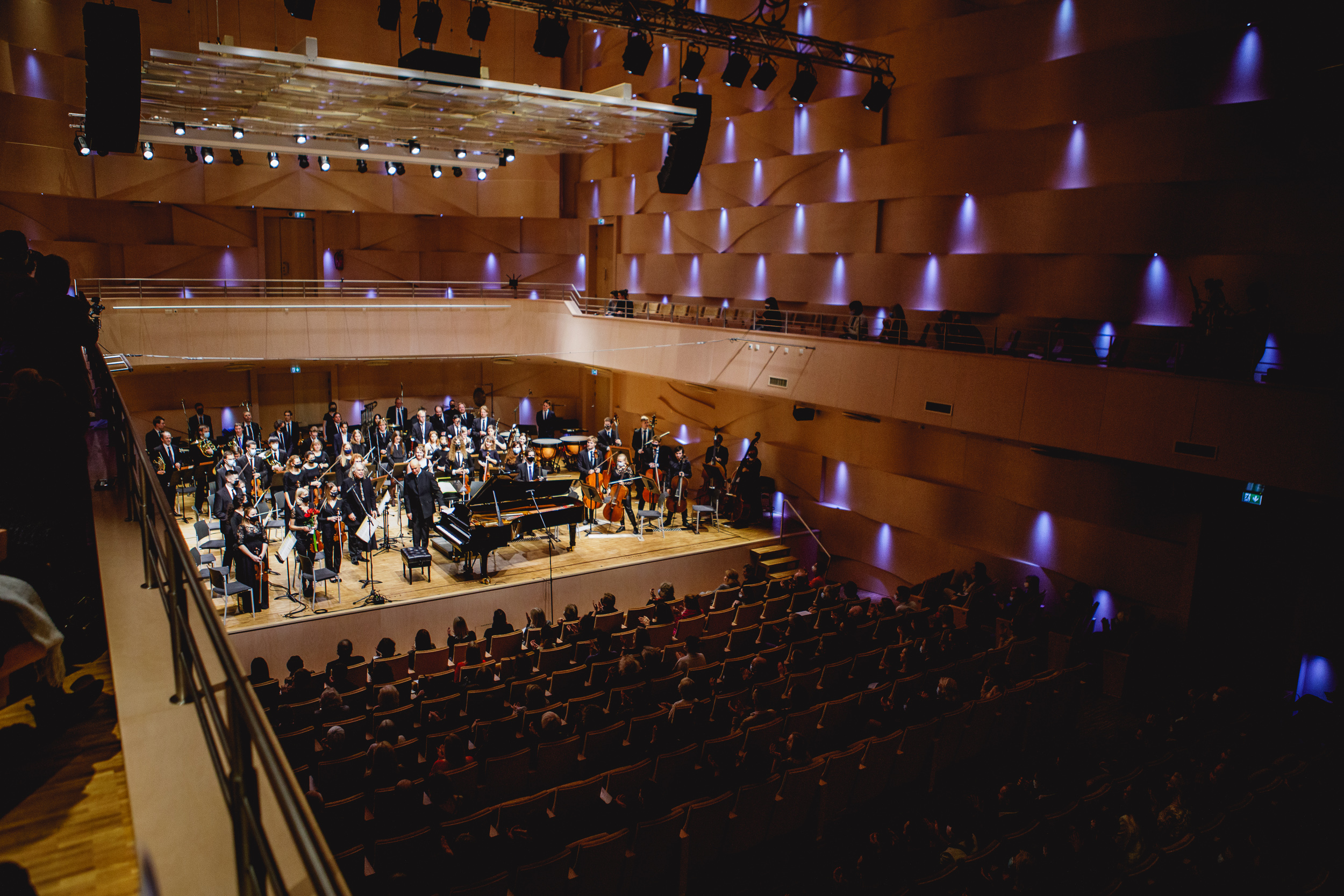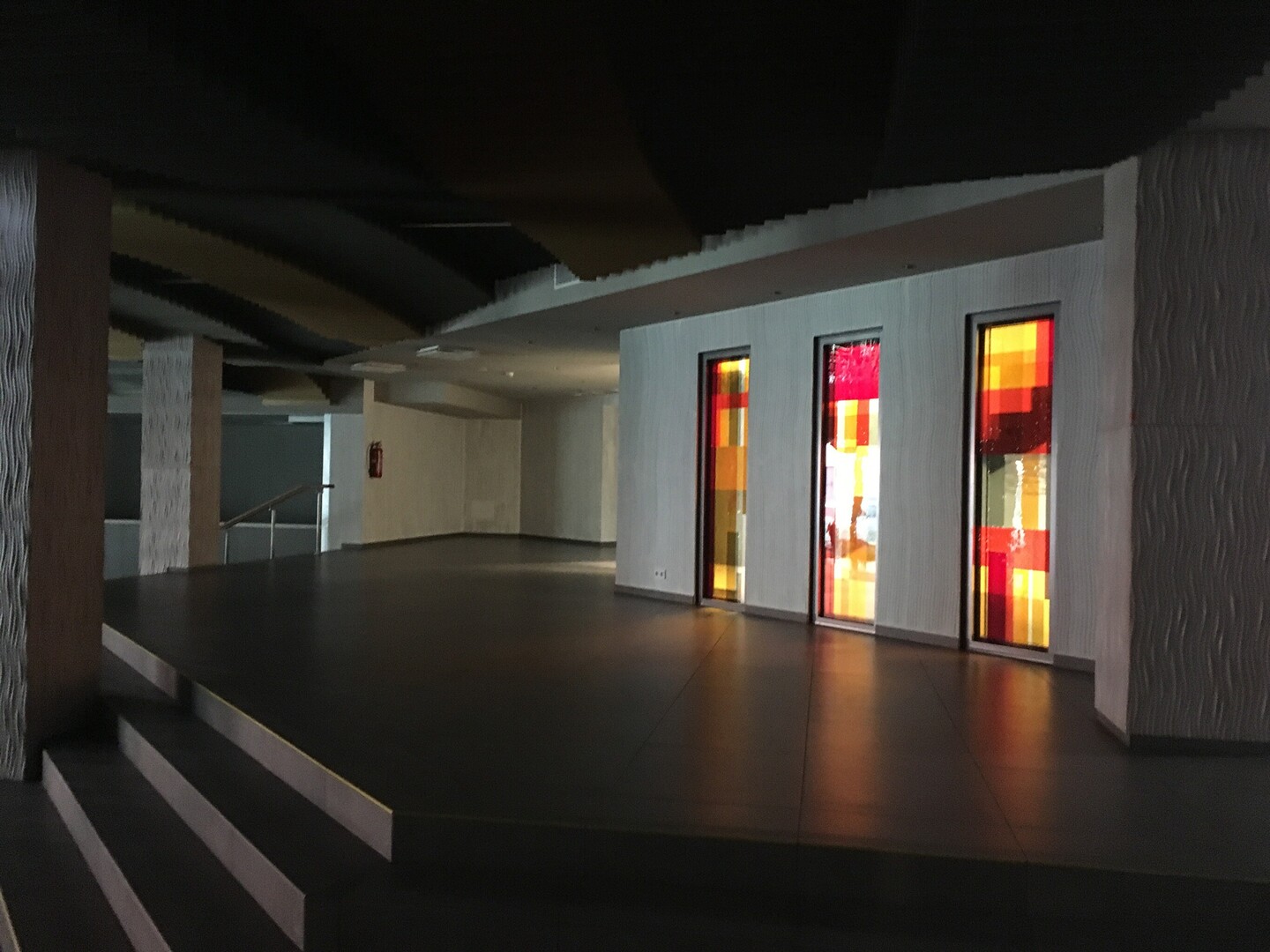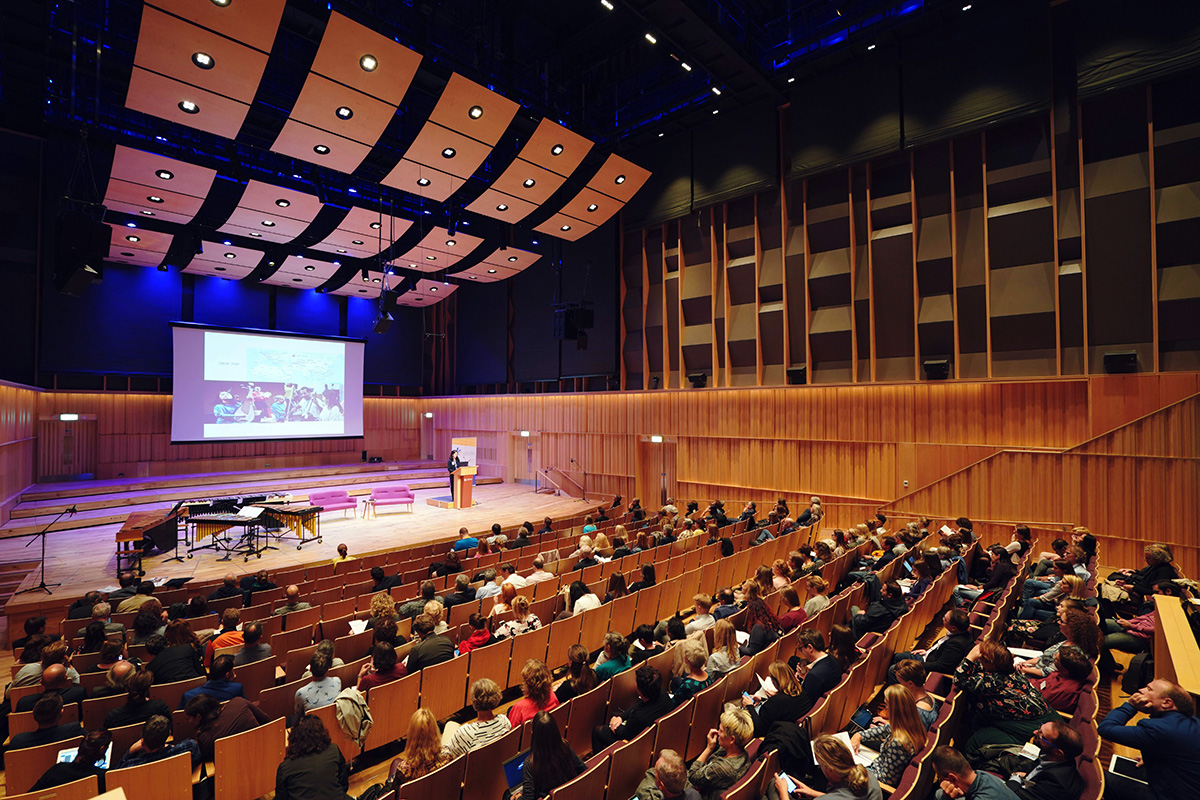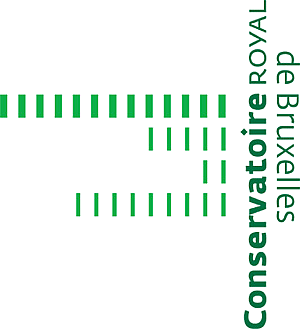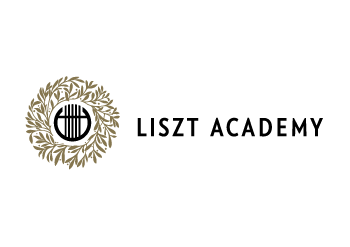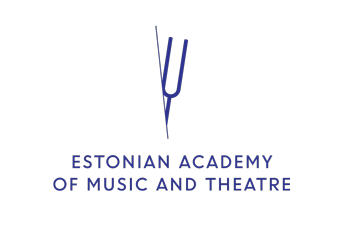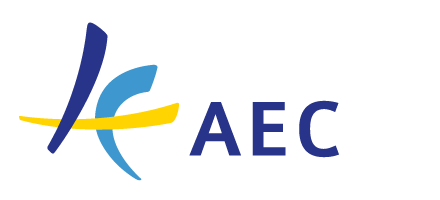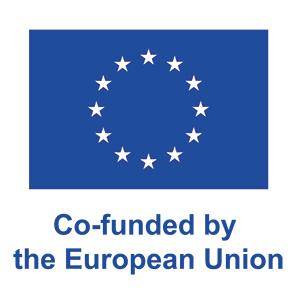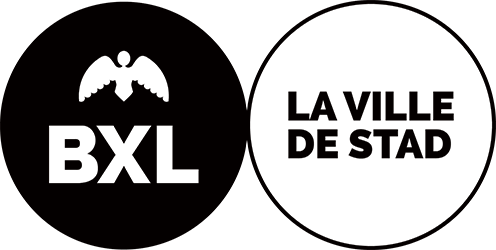HarMA+
Paysage européen des pratiques d’enseignement et d’innovation pédagogique dans les Établissements d’Enseignement Supérieurs des Arts en Europe –
Théorie musicale, écritures et analyse musicale
Programme Erasmus – KA 203
Partenariats stratégiques pour l’enseignement supérieur
Coopération pour l’innovation et l’échange de bonnes pratiques
ID Projet : 20PS0002
Ce projet, créé et coordoné par Salvatore Gioveni (Conservatoire royal de Bruxelles), favorise la collaboration transfrontalière et partenariale dans le domaine de la théorie musicale par le partage des connaissances et le transfert d’idées pédagogiques novatrices. Il répond ainsi à un manque de sources centralisées, de centre de données collaboratif et de cadre légal pour approfondir la réflexion à l’étude transversale des pratiques au niveau européen et international.
Il existe une grande richesse de pratiques pédagogiques d’un pays à l’autre dans ce domaine, notamment en matière de notation et d’analyse musicale harmonique. Cependant, les Écoles supérieures des Arts en Europe se heurtent à l’inexistence jusqu’à présent d’un réseau européen centralisant des données pédagogique en théorie musicale. Pour palier à ce problème, le projet développera et publiera, entre autres, quatre productions intellectuelles (IO) énoncées ci-dessous:
IO 1 – Une plateforme numérique européenne
IO 2 – Une bibliographie européenne
IO 3 – Un référentiel de descriptions de cours
IO 4 – Un glossaire multilingue de termes de base
Ce projet répond au besoin de développer des outils collaboratifs, de partager des connaissances et de transférer l’innovation pédagogique dans le domaine très spécifique de la théorie musicale dans les établissements d’enseignement supérieur musical de toute l’Europe en travaillant à un rapprochement pédagogique et collaboratif. Ces cours font souvent l’objet de réflexions pédagogiques mais il manque une source et un cadre centralisés pour soutenir cette réflexion par le biais d’études transversales au niveau européen et international. Une certaine adaptabilité pédagogique doit amener les enseignants à rouvrir leur perspective pédagogique et à enseigner à leurs étudiants en utilisant d’autres méthodologies ou du moins à les partager. Le projet entend aborder la question du transfert de pratiques et de méthodologies entre les établissements d’enseignement supérieur de la musique (EES), en particulier pour les cours de théorie musicale. En effet, il existe une richesse importante de pratiques pédagogiques d’un pays à l’autre dans ce secteur, notamment en termes de notation, de méthodes et d’analyse harmonique.
Néanmoins, afin de partager leurs méthodologies et leurs propres pratiques à travers une plateforme comparative, les EES-musique se heurtent à l’inexistence d’un réseau européen d’encadrement pédagogique dans les matières théoriques telles que l’harmonie, l’analyse musicale, la formation musicale, le eartraining, spécifiques aux réalités et pratiques des EES-musique. Il existe bien entendu des réseaux nationaux de théorie musicale, voire européen (EUROMAC, SBAM, …) ciblant probablement plus les musicologues et les chercheurs. Le projet HarMA+ se veut être une plateforme et un lieu unique de transfert de connaissance du contenu des cours de théorie musicale en ciblant plus particulièrement les non musicologues et les théoriciens de la musique qui ne sont pas forcément chercheurs.. Il était donc indispensable de créer un réseau européen laissant la place à ces pédagogues d’une grande qualité et qui excellent dans leur art, quel que soit la taille de leur établissement et leurs qualifications.
Ces EES ont cependant un besoin accru de développer leur internationalisation et donc de développer un réseau entre enseignants et étudiants afin de rechercher d’autres sources et pratiques, et actualiser le contenu de leurs propres cours ou encore, de développer de nouvelles matières de théorie musicale dans leur établissement.
Le projet, qui s’adresse à la communauté des départements de théorie musicale (institutions, enseignants, étudiants et professionnels) dans les EES, poursuivra les objectifs suivants:
- Collecter, analyser, partager, comparer et transférer les pratiques pédagogiques des cours de théorie musicale parmi les EES en Europe;
- Créer un espace de rencontre et d’échange pour les enseignants de ces disciplines afin de favoriser la confrontation des pratiques et le développement d’outils communs;
- Créer une plateforme de référence pour les cours de théorie musicale;
- Maintenir et développer la place des cours de formation musicale dans les cursus des différents établissements d’enseignement supérieur concernés;
- Maintenir, développer, moderniser, actualiser et promouvoir les cours de théorie musicale et leurs cursus;
- Développer un réseau de professeurs de cours théoriques dans les filières musicales;
- Favoriser et renforcer les liens entre les établissements d’enseignement supérieur, la recherche et les musiciens professionnels dans le domaine de la théorie musicale en Europe;
- Favoriser et renforcer l’internationalisation des établissements d’enseignement supérieur de la musique.
Notre partenariat vise à développer, dans le cadre de ce projet, plusieurs réalisations et activités intellectuelles afin d’atteindre des résultats conformes aux objectifs du projet. Nous prévoyons de travailler en particulier sur l’innovation dans le domaine de la théorie musicale pour:
- Développer une plateforme d’échange en ligne sur l’harmonie et l’analyse musicale – IO 1;
- Développer une bibliographie européenne dynamique – IO 2;
- Développer un catalogue de nouvelles méthodologies et pratiques – IO 3;
- Développer un dictionnaire terminologique multilingue en théorie musicale – IO 4;
- Organiser une formation pour le personnel et un programme intensif pour les enseignants et les étudiants;
- Organiser une conférence de diffusion et une conférence finale rassemblant au moins 200 participants provenant des HMEI d’Europe et d’ailleurs;
- Favoriser le transfert de nouvelles méthodologies et pratiques dans les cours de théorie musicale;
- Renforcer l’internationalisation de chaque institution participante;
- Développer un réseau entre les enseignants pour rechercher d’autres sources et pratiques;
- Mettre à jour le contenu de leurs propres cours ou développer de nouvelles matières de théorie musicale dans leur institution.
Le projet a l’intention d’avoir un large impact principalement au niveau national et européen – international. il permettre de donner aux EES, tant pour les étudiants que les enseignants, les outils et données nécessaires à leur épanouissement pédagogique. Ils trouveront ainsi des ressources indispensables à leurs cours, de nouvelles méthodologies et des contenus de cours pour renforcer les compétences transversales et interdisciplinaires du personnel enseignant et étudiant.
Les résultats du projet seront disponibles gratuitement fin 2023 dans un format numérique, et intégrés dans la plateforme numérique – IO 1 – afin d’assurer leur visibilité et une large exploitation de ceux-ci par les institutions organisant des cours de théorie musicale.
Nous sommes particulièrement fiers de nos 5 partenaires du projet et de l’équipe informatique sans qui nous ne pourrions pas concrétiser ce projet européen KA203 !
